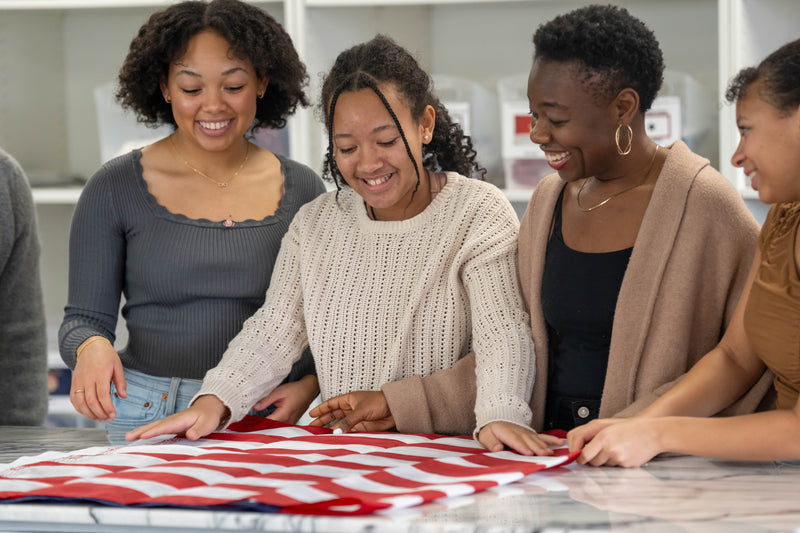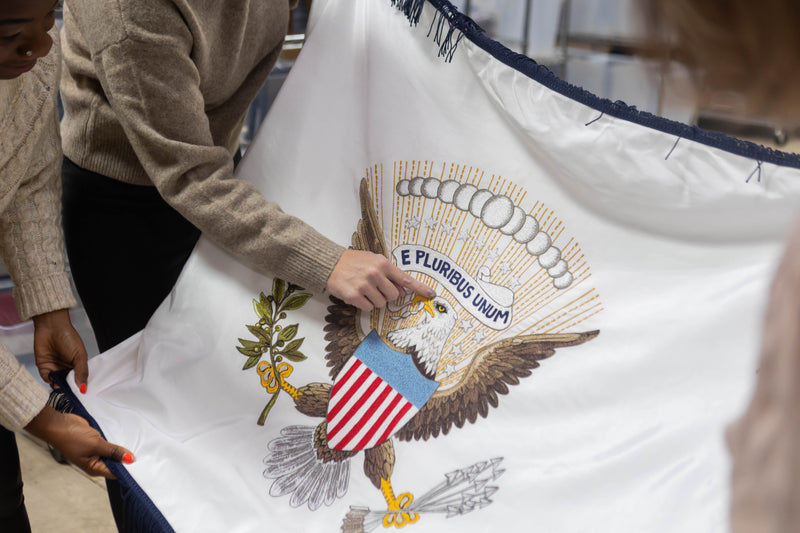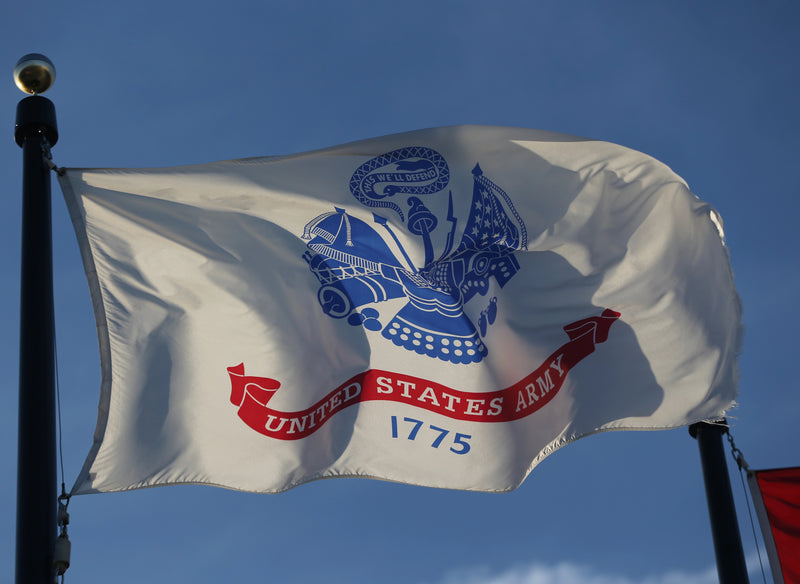
WOMEN-OWNED, FAMILY-RUN SINCE '87
Welcome to the family.
At Flags USA, we believe the flag is for everyone, and we’re proud to offer 100% American-made flags, flagpoles, and accessories. As a women-owned, family-run small business, we’ve dedicated ourselves to craftsmanship, quality, and supporting American industry since 1987.
We want our customers to feel like part of our community—where each product represents pride, unity, and the shared belief that the American Dream is something we all help make come true. From custom flags to durable flagpoles, we're honored to help you display your patriotism with products you know were made with care &integrity, all right here in the USA.










































